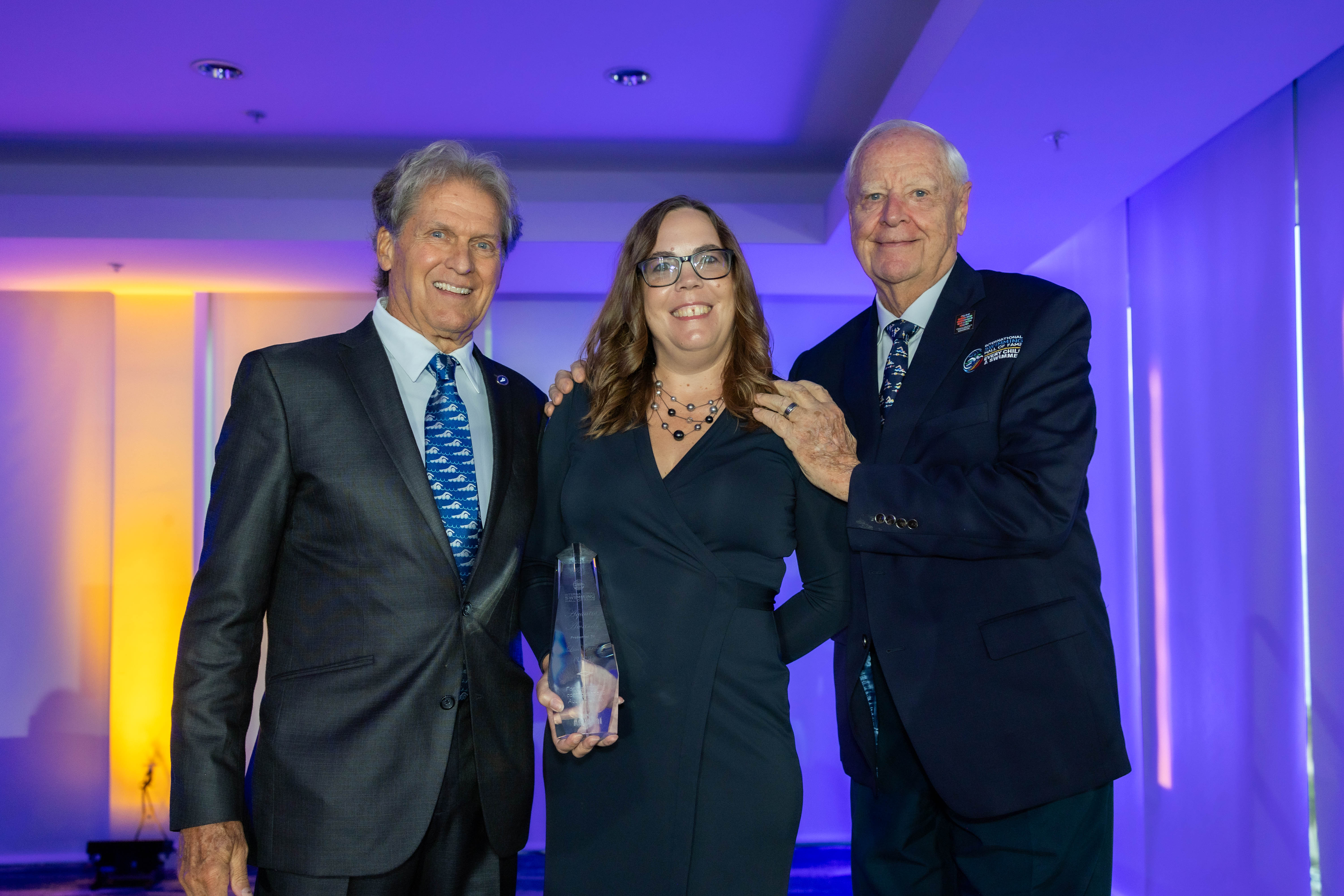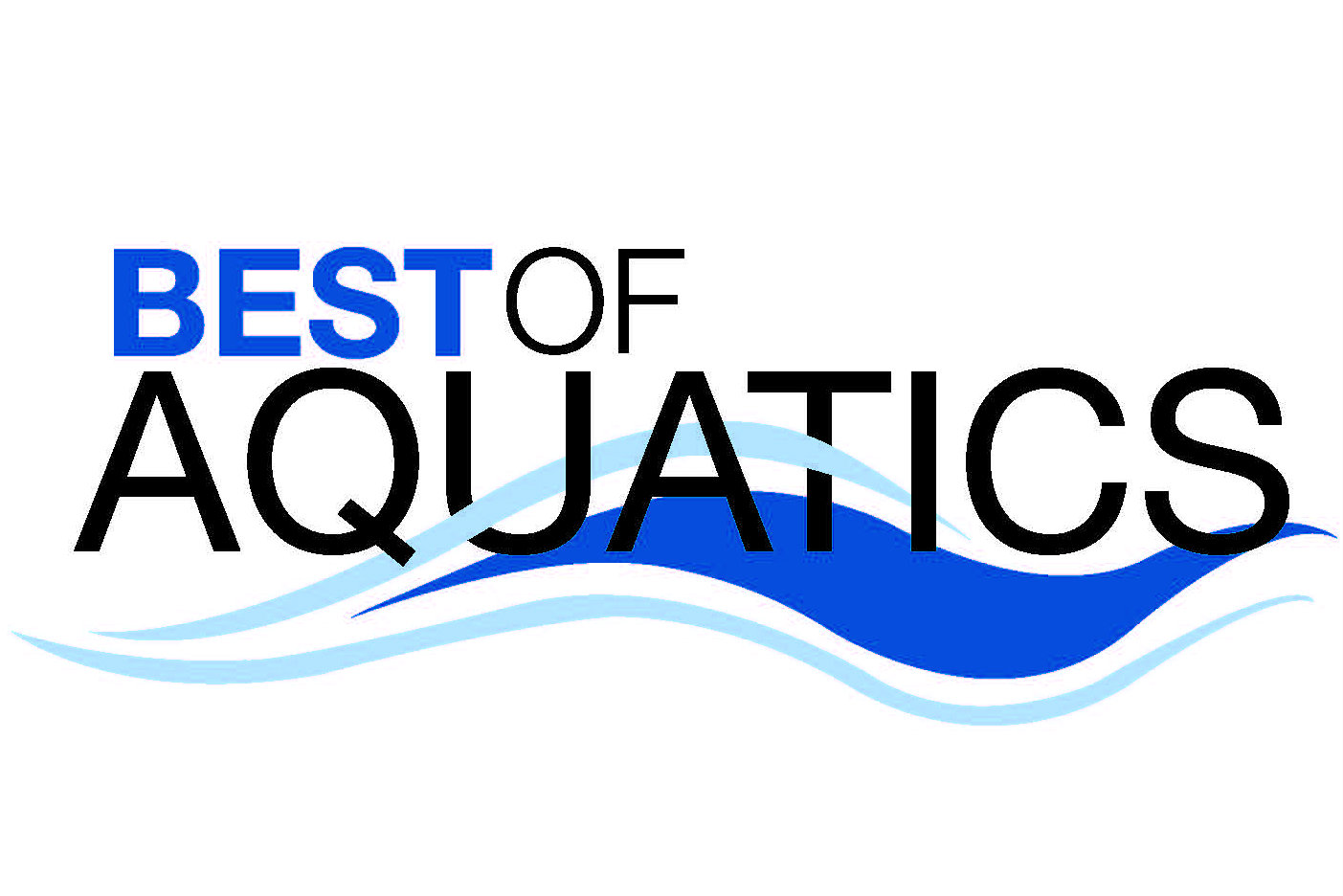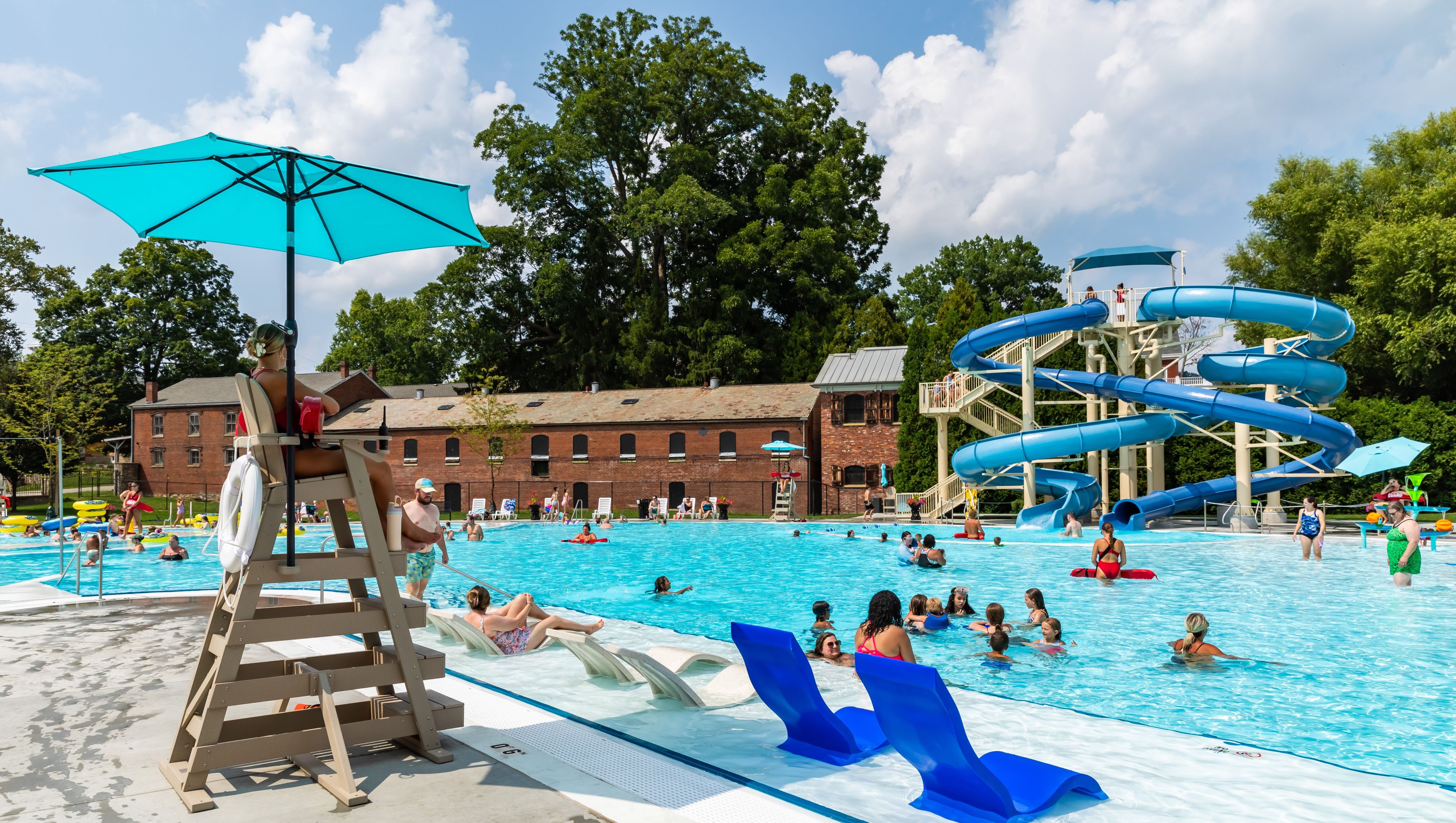Other Profiles
The following facilities got creative to ensure that their communities’ aquatic needs were met — while staying mindful of budgets and other vital concerns:
Ever since the 1980s, the school district of Yuma Union High School wanted to add a swimming pool for its competitive team and physical education classes. But it couldn’t afford one, even though the pool was drawn into the school’s original master plan.
Meanwhile, the city of Yuma wanted to provide its residents with a community leisure pool, particularly on the west side, where there was no pool. Like its school district, the city didn’t have the money to build such a project.
Where’s there’s a will, there’s a way to get funding. And together, the city and the school district — forgive the pun — pooled individual resources to build a single facility that meets the needs of the high school and the general community as well. It opened in July 2009.
“It’s a win-win situation,” says Debbie Wendt, recreation superintendent for the Yuma Parks and Recreation Department. “We both got a facility that we wanted with shared funding.”
Constructing the pool was split nearly 50-50. The school put in approximately $4.5 million and the city contributed the other $4.3 million for a total of $8.8 million. The money came from government bonds. The school paid for a competitive pool while the city paid for a leisure pool. Expenses to build the parking lot, deck area and bathhouse were shared costs.
The partnership then decided that the school would pay for one-third of the annual operating expenses, while the city maintains and operates the facility, and provides staffing.
The city gets jurisdiction over the pool from mid-May to mid-August, while the school has it from mid-August to early November. Right now, the pool is seasonal, though Wendt says there has been talk about heating it for winter use.
The decision to build a miniwaterpark-type facility was to attract residents of all ages and backgrounds to the facility while meeting the needs of everyone it affected, Wendt says. There are three pools — a 50-meter pool with a large slide, and a small pool with a leisure area involving dumping buckets, a splashpad and an aquatic playground. The competitive pool is a 10-lane vessel with a diving area. In the middle of the deck are mosaic tiles laid out in a swirling pattern, designed by high school students who will get to enjoy their new pool this fall.
The waterpark concept, Wendt says, would help the facility break even or actually profit, more than it would if it were just a standard pool. “If you can offer more amenities and keep it to a size you can handle, [you] can handle it,” she adds.
Admission is $2 per child under 18 years old, and $3.50 for adults. The facility offers swim lessons, swim-for-fitness classes and other aquatic programming. According to Wendt, movie nights and private party rentals add further to the revenue. That revenue stream goes into the city’s general fund, which also pays for the lifeguard staff.
“It’s been a great partnership,” she says.


